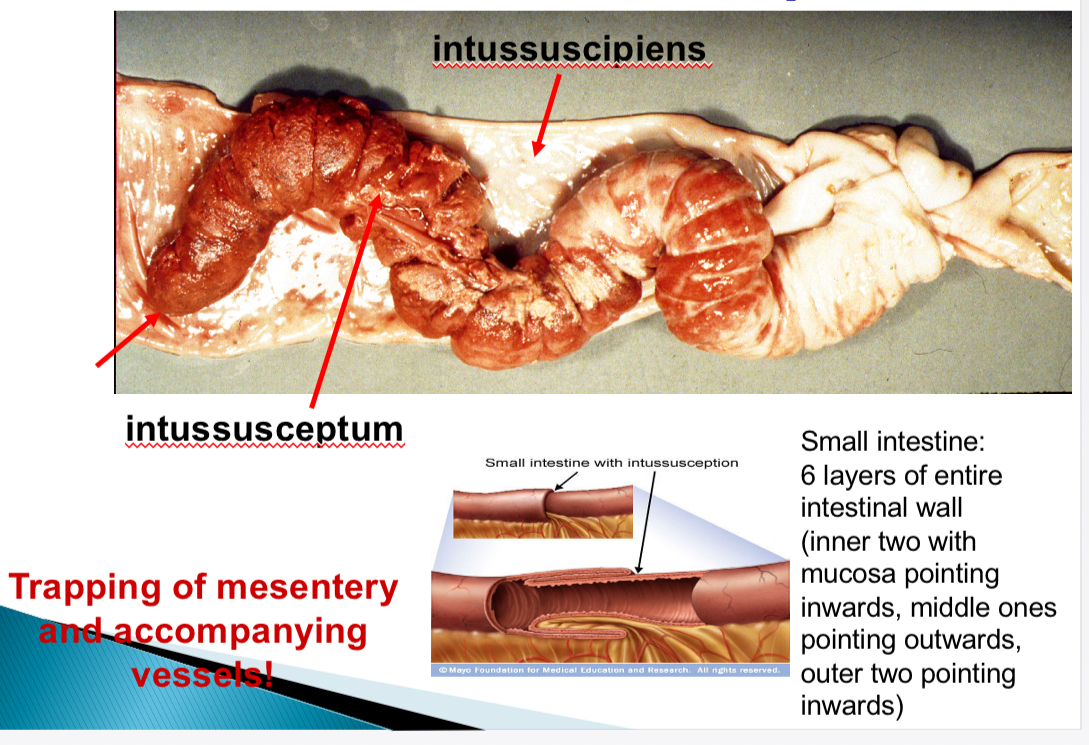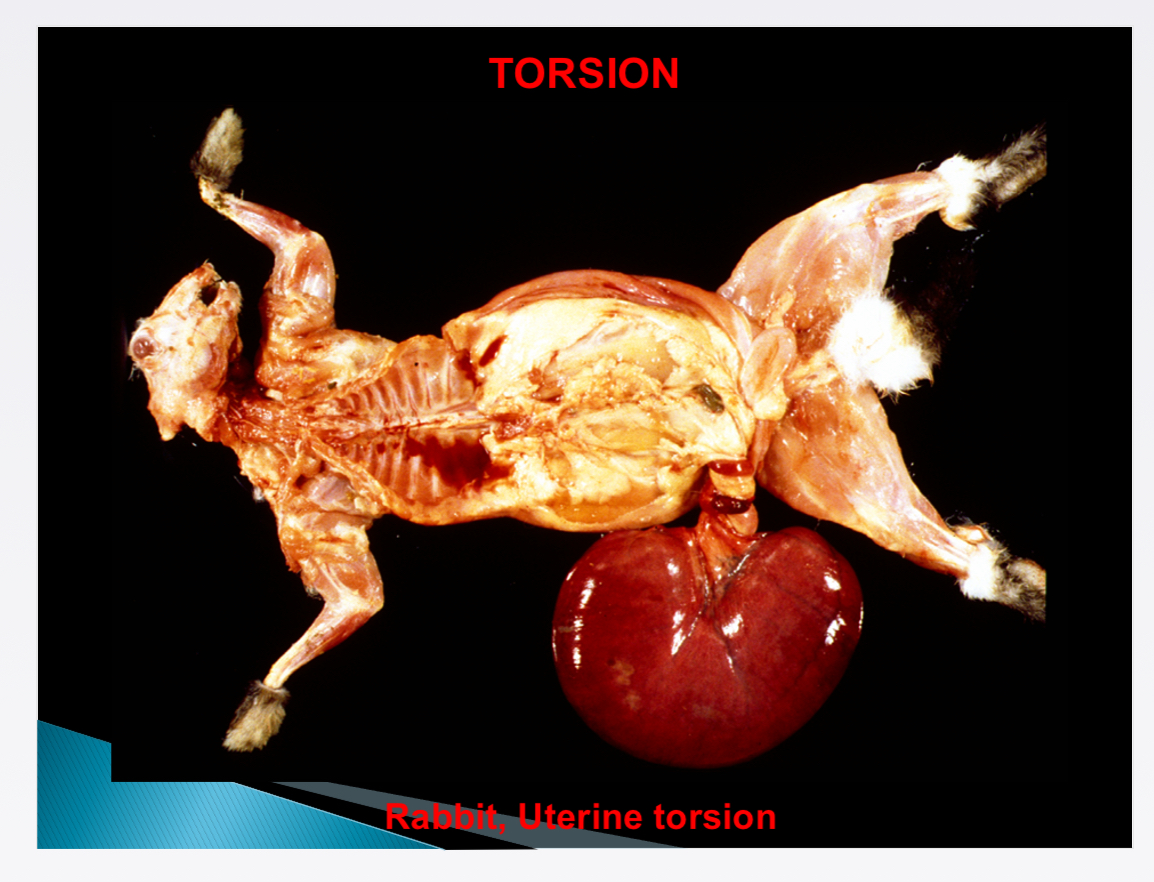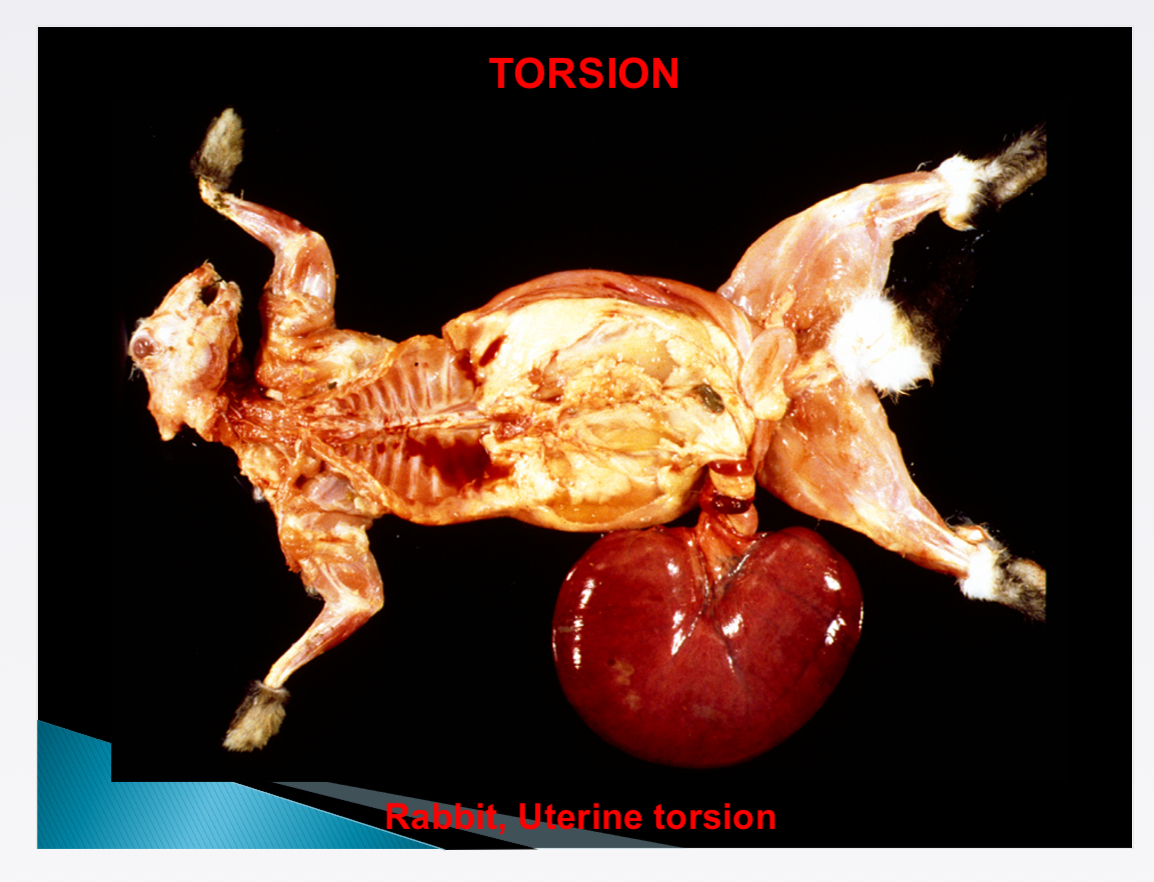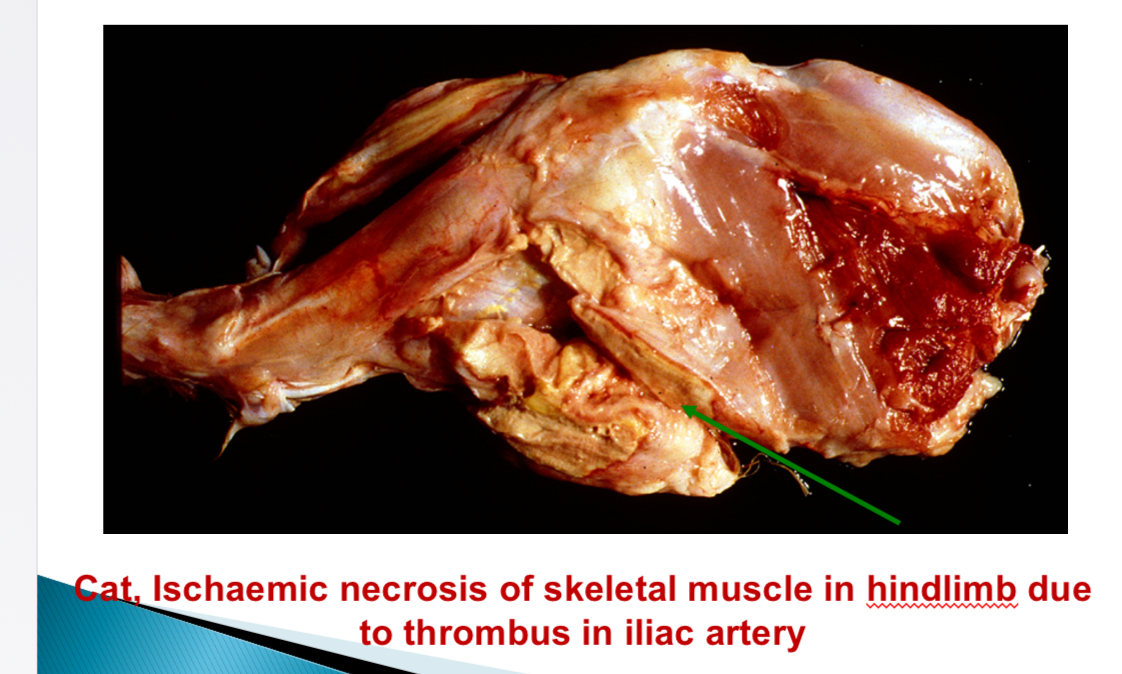normal circulation + redistribution of blood
1/38
There's no tags or description
Looks like no tags are added yet.
Name | Mastery | Learn | Test | Matching | Spaced |
|---|
No study sessions yet.
39 Terms
Rate of circulation determined by what
Metabolic situation
Normal circulation pressures - LV
>120 mmHg
Normal circulation pressures -Arteries
>120-60mmHG
Normal circulation pressures -Arterioles
>60-40mmHg
Normal circulation pressures -Capillaries
>40-20mmHg
Normal circulation pressures -Veins
>20-10mmHg
Normal circulation pressures -RA
>10-0mmHg
Which pressures are the same in arteries + veins
Tissue hydrostatic pressure, plasma colloidal osmotic pressure, tissue colloidal osmotic pressure

Which pressure is different in arteries + veins to cause pressure differences → filtration / absorption
Plasma hydrostatic pressure

Capillary bed purpose
Outflow of fluid (transudation) into extravascular spaces with O2 + nutrients
Classifications of disorders of circulation - redistribution of blood
Local increased vol of blood in tissue - active hyperaemia (arteries), passive hyperaemia (veins)
Reduced blood supply to tissue - ischaemia
Hyperaemia def
Increased vol of blood in tissue
Ischaemia def
Reduced blood supply to tissue
Classifications of disorders of circulation - Haemorrhage def
Loss of circulating blood vol
Classifications of disorders of circulation -Oedema def
Accumulation of extravascular fluid
Classifications of disorders of circulation - Disorders of haemostasis
Bleeding disorders, presence of solid masses/abnormal constituents, disseminated intravascular coagulation
Active hyperaemia - def + BV
Abnormal accumulation of arterial blood in arterioles/ arteriolar capillary bed
passive hyperaemia (congestion) - def + BV
Accumulation of blood in veins + venular capillary bed
Active hyperaemia - causes
Physiological, relaxation of arterial sphincters, dilation of arterioles
passvie hyperaemia - causes
Passive dilation of affected vessels
Passive hyperaemia - local causes
Obstruction of venous return from organ - organ misalignment, venous thrombosis/ embolism, compression (fibrosis, tumours, abscesses)
Passive hyperaemia local causes - how can organ misalignment cause venous obstruction
Thin walls + low pressure so affected by pressure
Passive hyperaemia local causes -Types of organ misalignment
Intussusception/ invagination, volvulus, torsion, twist, herniation with strangulation

Passive hyperaemia local causes -Types of organ misalignment Invagination features + how it causes issue
Soft tissues fold into each other → arteries not blocked → metabolism → no venous drainage → toxic accumulation


Passive hyperaemia local causes -Types of organ misalignment volvulus features + how it causes issue
Twist around mesenteric root → arteries not blocked → metabolism → no venous drainage → toxic accumulation

Passive hyperaemia local causes -Types of organ misalignment gastric dilation + volvulus features + how it causes issue
In deep chested dog breeds
Eating, aerophagia → spleen twisting with stomach

Passive hyperaemia local causes -Types of organ misalignment torsion features + how it causes issue
Rotation around long axis

Passive hyperaemia local causes -Types of organ misalignment twsit features + how it causes issue
Tubular structures twist around each other
Passive hyperaemia local causes -Types of organ misalignment herniation with strangulation features + how it causes issue
Exudation of organ from original position → strangulation
Consequences of organ misalignment
Haemorrhagic infarction → vein occlusion → persist acne of arterial blood supply → increased blood pressure → blood extravasation → necrosis
Active hyperaemia - tissue appearance
Bright red
Passive hyperaemia - tissue appearance
Dark blue/red, swollen
Passive vs active hyperaemia - which is local and acute only (not local + generalised, acute + chronic)
Active hyperaemia
Ischaemia def
Inadequate blood supply to tissue (complete/partial, local/general)
Ischaemia causes
Heart failure → general ischaemia
Artery obstruction → local ischaemia
Vein obstruction → stagnation, hypoxia, ischaemia

Artery Ischaemia tissue appearance
Pale

Causes of generalised passive hyperaemia
Heart failure, impeded venous return, increased pulmonary resistance
Causes of generalised passive hyperaemia- what can cause impeded venous return
Caval thrombosis, hydropericardium, exudative pericarditis
Causes of generalised passive hyperaemia- what can cause increased pulmonary resistance
Thoracic fluids, pulmonary fibrosis, pulmonary emphysema